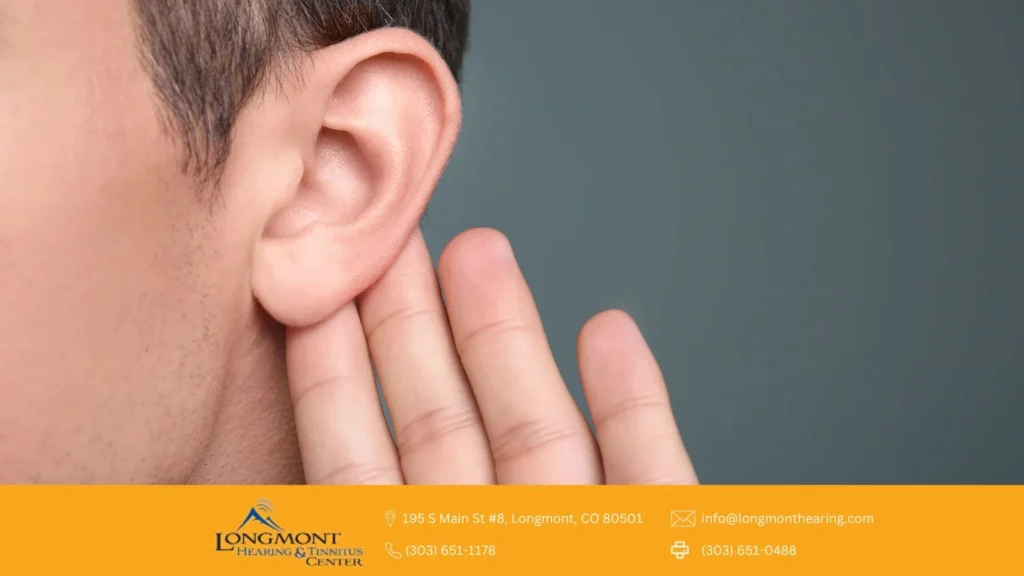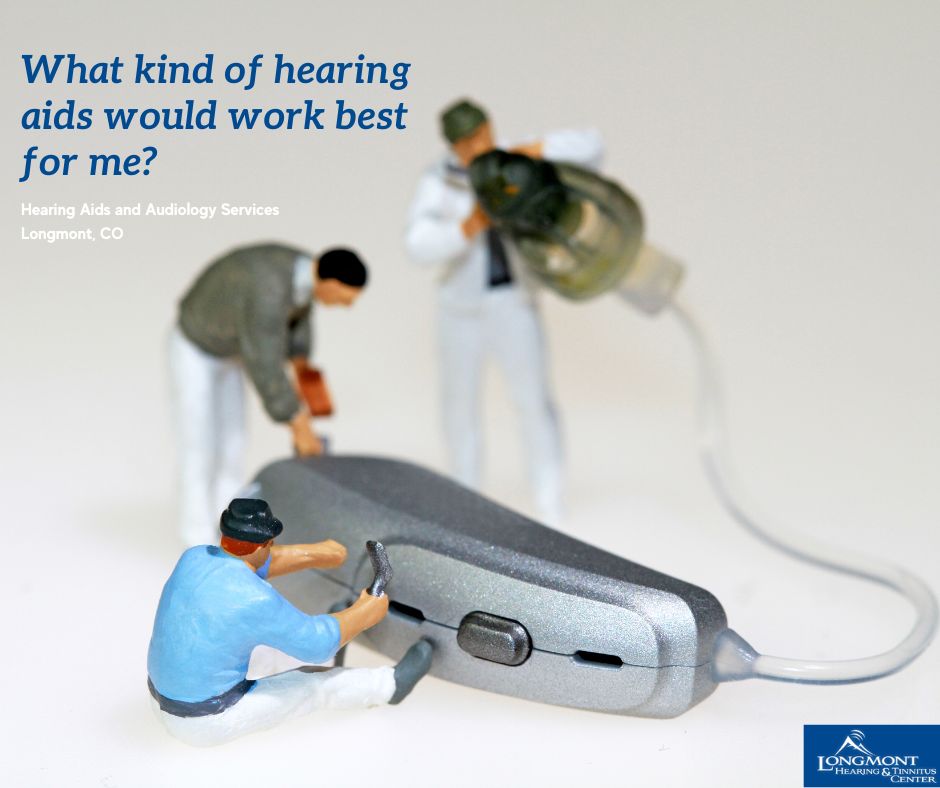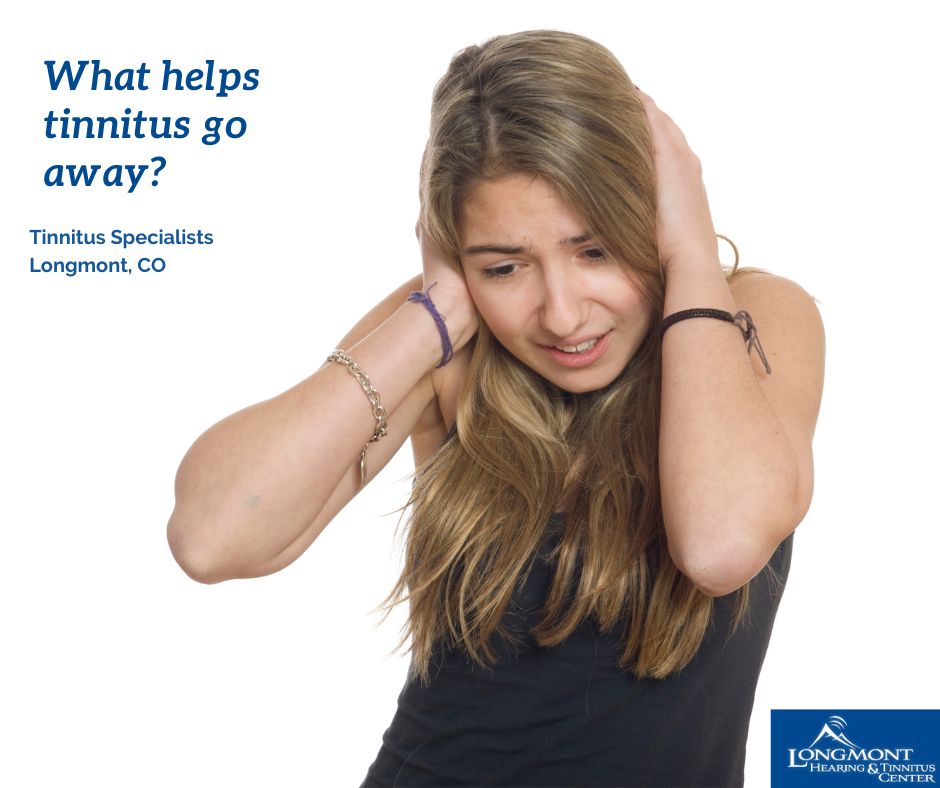
Why Do Ears Produce So Much Wax?
The human ear is a remarkable and intricate organ responsible for one of our most vital senses: hearing. Its internal workings are not only fascinating but also play a crucial role in maintaining ear health.
Cyber Monday Discount 20%
Though all of us at Longmont Hearing & Tinnitus Center believe every day is “Protect Your Hearing Day,” The National Institute on Deafness and Other Communication Disorders (NIDCD) has announced a public education campaign stating October is “National Protect Your Hearing Month,” and we’re thrilled! Getting educational content out to all communities is essential to ensuring everybody has the resources they need to detect hearing loss, so that they may get the treatment they need. In honor of this educational approach, we wanted to talk a little about Noise-induced hearing loss (NIHL).
Noise-Induced Hearing Loss (NIHL) – Basics
First and foremost, it’s important to note that NIHL is preventable. NIHL can be developed by anybody, at any age. According to the US Centers for Disease Control and Prevention (CDC), about 40 million US adults ages 20 to 69 have NIHL, and a quarter of US adults who report having good-to-excellent hearing already have hearing damage in one or both ears. And it doesn’t only affect adults, children are also at risk for NIHL, that’s why it’s important for children to start healthy hearing habits at a young age.
Hearing Hazards
Not all hearing hazards are obvious, and some may even surprise you. Here’s a list of some of the most common ones—have you found yourself in any of these situations on a regular basis?
Chances are, if you’re in a situation where you’re being forced to shout to be heard, then that environment is impacting your hearing in some way. It goes without saying—listening to music or other sounds at a high volume through headphones can be dangerous. Generally, the louder the sound, the faster NIHL can develop.
What Decibels are acceptable?
Sound is measured in decibels, and we now know that sounds at or below 70 a-weighted decibels (dBA) are usually safe. If you experience long or repeated exposure to sounds that are at or exceed 85 dBA, then the chances for hearing loss skyrocket.
Here are some decibel ratings for common sounds:
Hearing health is more important than you think. Studies found a link between hearing loss and dementia, and though more research is needed, it’s important to keep that in mind as we go about our day-to-day. You have control over this! Protect your hearing by wearing ear protection in areas that are prone to loud sounds, like concert venues or while shooting firearms. Whenever possible, turn down the volume, and most importantly, don’t ignore your ears! If you’re having trouble hearing something, make an appointment with one of our audiologists today! We’re here to make sure you get the treatment you deserve.

The human ear is a remarkable and intricate organ responsible for one of our most vital senses: hearing. Its internal workings are not only fascinating but also play a crucial role in maintaining ear health.

Hearing loss affects millions of people worldwide. It can be caused by various factors, including exposure to loud noises, aging, and certain medical conditions. The type and severity of hearing loss vary from person to

Hearing aids come in various styles, features, and technology levels to suit different needs and preferences. Choosing the right hearing aid can be overwhelming. You might wonder, “What kind of hearing aids would work best

Tinnitus (ringing in the ears) is the perception of a sound that has no external source. Some of the more common sounds reported are ringing, humming, buzzing, or cricket-like. It can be constant or intermittent